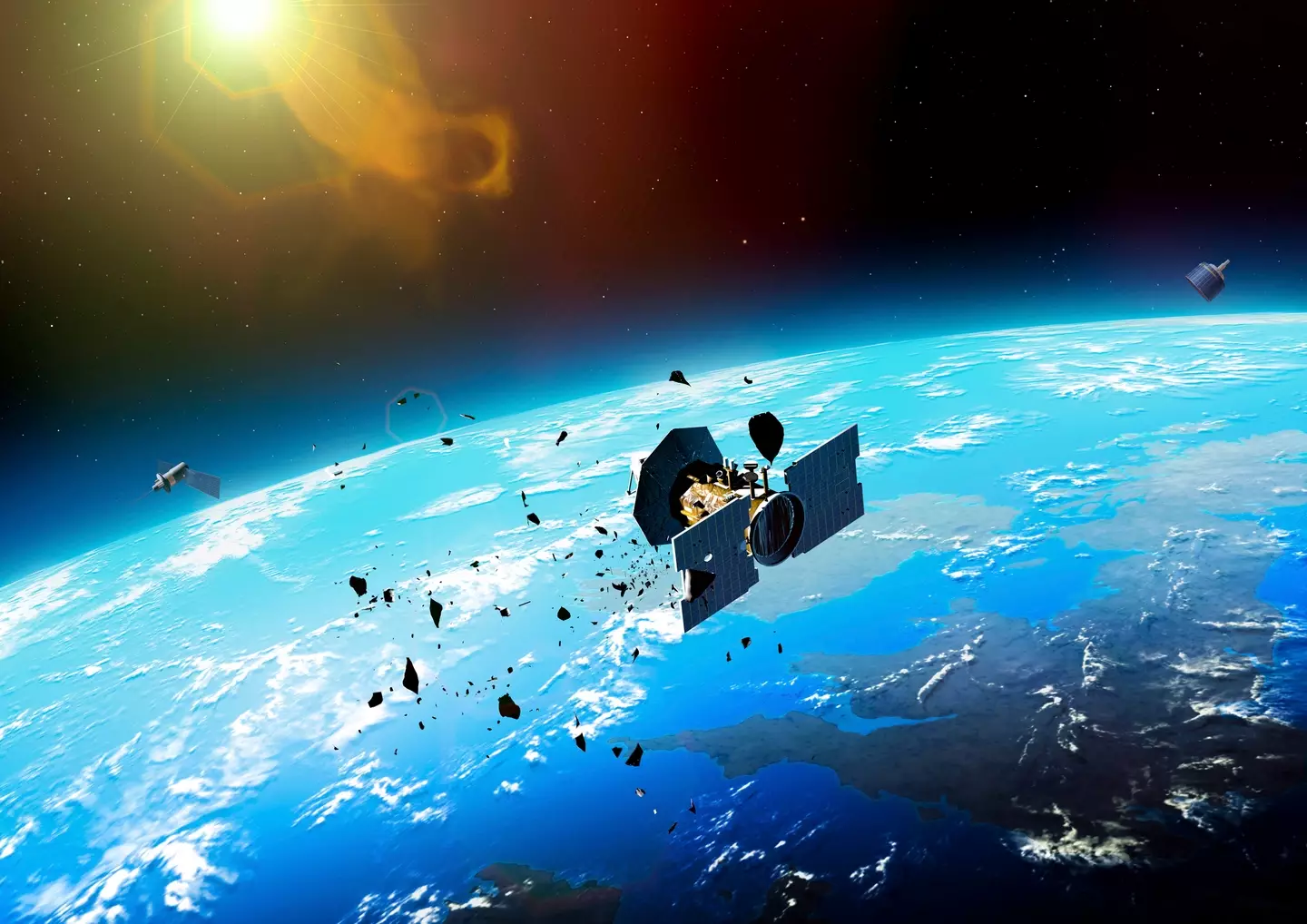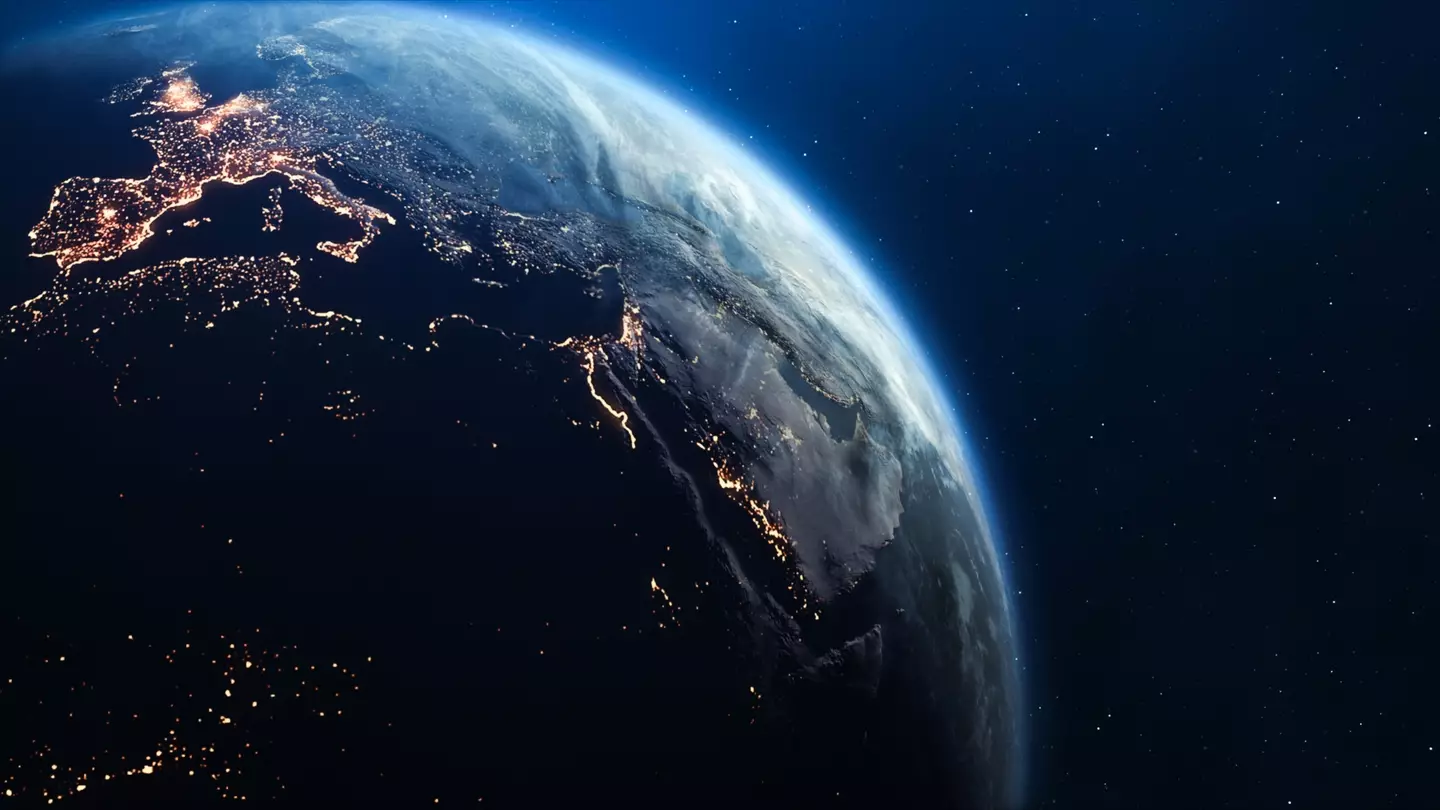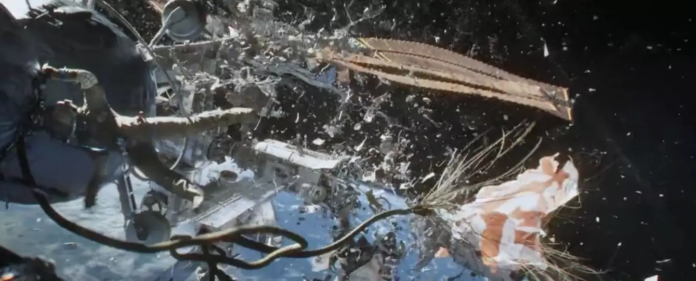Millions of us have seen the epic blockbuster Gravitystarring Sandra Bullock and George Clooney, as they are left in space after things go terribly wrong during a mission to the Hubble Space Telescope.
Well, the whole concept of How Things Go Pete Tong is a dramatic take on something that is thought to be a very real possibility in real life.
The film follows Bullock and Clooney as they repair Hubble when they receive a warning from Mission Control in Houston that they need to speed things up, with a spy satellite creating a debris field that orbits the Earth and heads straight for them.
A domino effect follows, with the debris disabling communications satellites and tearing apart Hubble and later the International Space Station (ISS). Enter the realm of Kessler syndrome, which scientists think is a very real risk as the space race is reignited by the likes of Elon Musk and his SpaceX company.
What is Kessler Syndrome?
Humanity has been exploring space for more than half a century, making it one of the great unknowns that we cannot resist but try to learn more about.
But that is not without problems: NASA scientists Donald Kessler and Burton Cour-Palais come up with a potentially difficult scenario.
In 1978, the two experts theorized that if humanity continues to send more and more spacecraft into the cosmic void, we will be in trouble as Earth becomes more and more crowded as the chances of a collision increase. .
“Spent rockets, satellites and other space debris have accumulated in orbit, increasing the chance of collisions with other debris,” NASA explains.
“Unfortunately, collisions create more debris, causing a runaway chain reaction of collisions and more debris, known as Kessler Syndrome, after the man who first proposed the issue, Donald Kessler.”
Kessler Syndrome Brought to Life in Gravity (Warner Bros.)
Why scientists worry that Kessler syndrome will turn out to be true
Some experts are convinced that it is only a matter of time before Kessler syndrome is proven to be true.
John L. Crassidis, professor of innovation and space debris expert at the University at Buffalo, New York, said: “The Kessler syndrome is going to become a reality. If the chance of a collision is so high that we can’t put a satellite in space, then we’re in trouble.”
There are currently more than 10,000 satellites orbiting the Earth. In addition, more than 100 trillion pieces of old satellite are still orbiting the planet, with parts occasionally entering Earth’s atmosphere and burning up over time.
Kessler showed that once the amount of debris in a given orbit reaches the so-called “critical mass,” collisions begin, even if no more objects are launched into the orbit.
“Once the cascading of collisions begins, the risk to satellites and spacecraft increases until the orbit is no longer usable,” NASA says.
Kessler estimated it would take thirty to forty years to reach this point. Today, some experts think we have already reached critical mass in low Earth orbit, which is about 900 to 1,000 kilometers. Events in recent years include a deactivated Russian satellite colliding with a US satellite in 2009.
And in 2021, a Russian rocket that destroyed one of its own satellites as part of a test forced astronauts on the ISS to perform emergency procedures.

The dangers of Kessler syndrome mean our satellites could be disabled by space junk (Getty Stock Image)
Why Kessler Syndrome could end life as we know it on Earth
If satellites and debris collide in a chain reaction of collisions, life as we know it could end.
Satellites can be turned off, causing massive Internet and Wi-F outages. Phones can also go down if there are no satellites in the sky from which to ping calls. It would even mean the potential end of TV and GPS.
And on a more general level, weather satellites could be disabled, impacting our critical ability to monitor their impact on a number of industries.
“Weather satellites play an important role in a variety of industries, including agriculture, fishing and transportation, by predicting and mitigating the effects of adverse weather conditions,” say Amrith Mariappan and John L. Crassidis in their 2023 article entitled ‘Kessler’s syndrome : a challenge for humanity’.
They explain: “Remote sensing satellites in turn make an important contribution to resource exploration and monitoring of phenomena such as floods, droughts, soil moisture, forest fires, vegetation health, forest degradation, road infrastructure monitoring , etc. Telesensing satellites are used in the military to capture high-resolution images of strategic locations, monitor enemy activities, and assess potential threats.
The paper adds that this could devastate healthcare if medical devices were offline.
The problem in this situation, when we reach what Kessler called the “critical mass” stage, is that it then becomes too dangerous to send anything into space because of the chain reaction that exists around the planet with debris flying around at enormous speed.

Life on Earth would change dramatically if Kessler Syndrome became a reality (Getty Stock Image)
How to stop Kessler syndrome
Mariappan and Crassidis write that “space debris recycling is emerging as a promising and sustainable long-term solution for space debris mitigation.”
Another short-term option chosen by some is to take waste from orbit and let it burn in Earth’s atmosphere.
Although it can eliminate immediate threats, it is risky and poses a major environmental problem, such as ozone layer depletion.
“By repurposing decommissioned satellites and debris into useful materials to support other space missions, this recycling strategy presents a win-win scenario, promoting environmental sustainability and resource efficiency in space exploration,” say Mariappan and Crassidis.
The European Space Agency says it aims to be “debris neutral” by 2030, meaning “zero net debris added to Earth orbit,” with a larger goal of reusing parts by 2050.
Whether we as a species reach the stage where we can prevent Kessler Syndrome from becoming a reality remains to be seen. Efforts are being made to stop this, all we can do is hope this is enough.





